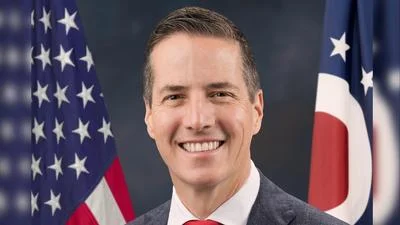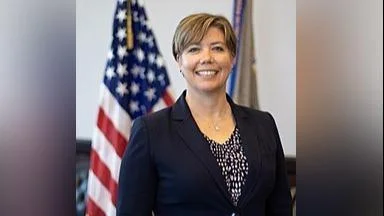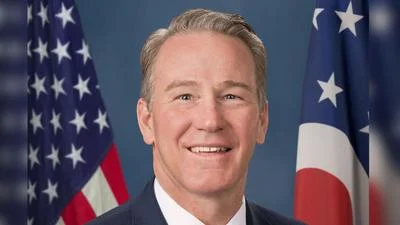Bill Peacock | Provided
Bill Peacock | Provided
When the Mount Vernon City Council recently adopted its "Sustainable2050" resolution, it claimed the city would be “protecting and preserving its natural resources … in a way that is both fiscally and environmentally responsible.” A closer look at the agenda behind Sustainable 2050, however, suggests the city will accomplish none of what it is striving for.
Sustainable2050 is a program of the Mid-Ohio Regional Planning Commission (MORPC). Encompassing a 15-county region, MORPC’s “core responsibility is to facilitate the region’s transportation planning process.” Yet it seeks to apply its expertise on this issue far beyond its limits, meandering into areas such as climate change and the growth and development of sustainable and equitable communities.
When it comes to climate change, two of the objectives of MORPC’s Regional Sustainability Agenda are to increase local renewable energy generating capacity and reduce regional greenhouse gas emissions.
There is nothing sustainable or fiscally responsible about these objectives. Coal and natural gas have proven to be the most sustainable and affordable ways to generate power, including electricity. Both are extremely efficient and have been generating power at low costs for decades.
It is interesting, then, to note that the Mount Vernon City Council has signed on to a program to replace coal and natural gas with renewable energy, the very same energy source that coal replaced across the globe beginning about 200 years ago.
Wind and solar power are often proclaimed as sustainable and affordable. But they are neither. Rare earth metals and other minerals are required for making products such as batteries, wind turbines, and solar panels. There is no evidence that these are in greater supply than coal, oil, and natural gas. The manufacture of batteries, wind turbines, and solar panels emits plenty of pollutants and carbon dioxide.
Another problem with the sustainability of renewables is they cannot sustain a reliable electric grid. All over the country the grid has experienced problems because wind and solar farms cannot produce electricity when it is most needed.
One example occurred in Texas on September 6. Even though the day was not particularly hot for Texas summers–topping out at 102 degrees, at 7:25 p.m. the state’s grid manager, ERCOT, issued its first Energy Emergency Alert 2 since the blackouts of Winter Storm Uri in 2021. This happened even though the grid had already survived the hottest portion of the day almost two hours earlier when energy demand was at its highest.
The cause of the shortfall of generation was that as the temperature and demand were falling, generation was falling even faster because solar generation was going offline as the sun set. Unlike natural gas, which can come online and stay online as needed during times of high demand, solar–and wind–generation are dependent on the weather and the rotation of the earth.
Renewable generation is also very expensive. To the point it cannot compete in the market against natural gas, coal, or nuclear generation. The only reason wind and solar generation is increasing in Ohio and across the country is because of federal and state subsidies. Since 2006, federal subsidies for wind and solar generation have totalled more than $112 billion. Advocates who claim renewable energy is affordable ignore the fact that consumers who buy “low cost” wind and solar power are also taxpayers who pay for renewable subsidies through their tax bills.
In its resolution, the “City of Mount Vernon commits to Sustainable2050 … and will pursue the objectives and initiatives outlined in the Program.” In practice, this means replacing natural gas generators with solar panels. It also means the city has committed to the “development [of] practices and regulations that reduce the need for vehicle travel.” And that consumers and taxpayers will one day be required to pay for updating “water fixtures, toilets, and appliances with water-efficient models.”
None of these objectives are fiscally or environmentally responsible. They replace economic growth with environmental poverty. And they replace the desires of consumers expressed through markets with the confused vision of central Ohio local government planners. Residents of Mt. Vernon and central Ohio deserve better.
Bill Peacock is Policy Director of The Energy Alliance, which focuses on reliability, affordability, and efficiency in energy markets.






 Alerts Sign-up
Alerts Sign-up